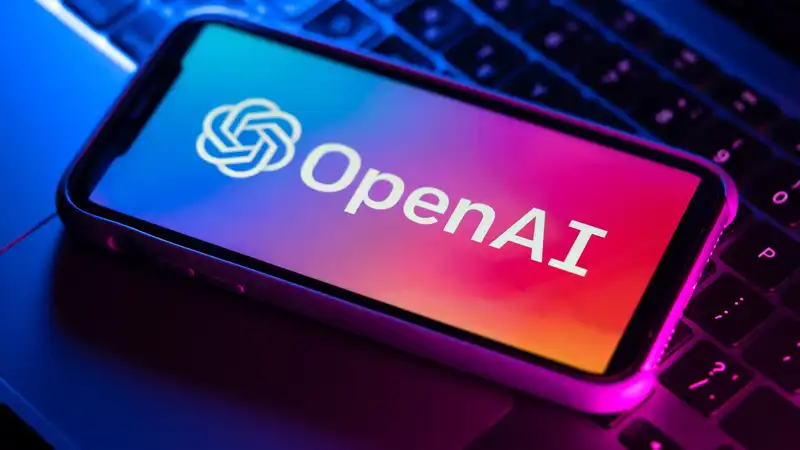OpenAI has announced its newest model, o1, a further leap forward in artificial intelligence reasoning Codenamed “Strawberry” during development, the model aims to handle more complex tasks, especially in STEM subjects such as physics, chemistry, and biology
This release is exciting for those following the advances in AI, but as with all cutting-edge technology, there are some limitations
OpenAI's o1 model sets a high standard, showing performance comparable to that of a PhD student when tackling complex tasks In initial tests, the o1 model showed more sophisticated thought processes and successfully replicated student performance while excelling in physics, chemistry, and biology The model also appears promising in areas such as mathematics and coding
What sets o1 apart, however, is how it adjusts its approach to difficult situations Through training, the model has learned to recognize mistakes and improve its responses The emphasis on “reasoning” means that this AI can approach multi-step problems with a more introspective and deliberative process, quite different from its early predecessors, which focused on language and superficial task generation
Despite its reasoning capabilities, the o1 model has some serious limitations: compared to OpenAI's GPT-4o, which offers most of ChatGPT's advanced features, the o1 model lacks many important features For example, it cannot browse the web, upload files, or process images
Also, the o1 does not yet support API functionality for basic functions including using tools, calling functions, streaming, and custom system messages This alone may be a major limitation for developers and companies that relied on this functionality in GPT-4o o1 is unmatched in reasoning, but is far from a complete replacement for GPT-4o in many real-world applications
With this increased capability, Open AI is faced with the need to strengthen its security measures By improving internal governance and developing a closer relationship with the federal government, we have worked to make our model more consistent so that it fits within safety guidelines This is believed to be effective in making o1 more compliant with ethical norms, with less risk and minimal adverse output
Starting today, ChatGPT Plus and Team users can access an early preview of the o1 model by selecting 'o1-preview' in the model selector openAI is designed for those more focused on STEM-related queries, math and science OpenAI has also released the “OpenAI o1 mini” model, which is designed to respond faster in math and science for those more focused on STEM-related queries This model is designed to respond to more technical questions and is useful for both students and professionals
Next week, both models will be available to ChatGPT Enterprise and Education users, expanding access to a wider audience Developers can also begin prototyping with these models through the API, although rate limits and other restrictions will apply in the early stages
OpenAI has indicated that the o1 series is only the beginning While this model is not positioned to take over from GPT-4o in most applications, OpenAI has stated that it will update the o1 model, collecting feedback and improving the model on a regular basis This will undoubtedly add new features and improve others
The AI landscape is always moving fast, and the release of the o1 model suggests that OpenAI is once again pushing the boundaries of what AI can accomplish It will be interesting to see how this new model evolves and positions itself in the larger landscape of AI tools as further updates and improvements are made










Comments